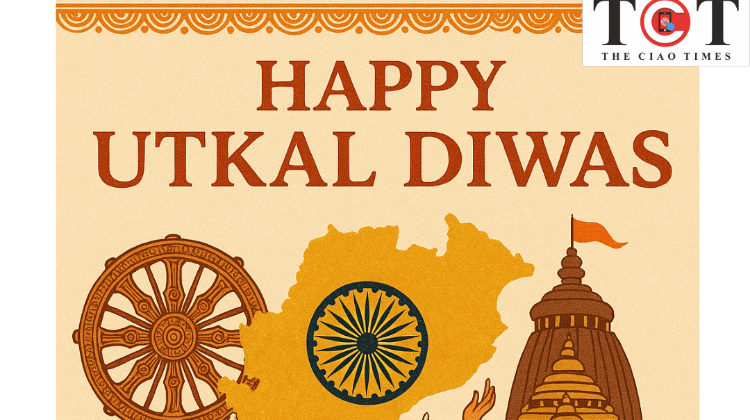
Every
year on April 1, the people of Odisha come together to celebrate Utkal Divas
or Odisha Day, marking the formation of the state in 1936. This day is a
reminder of the long struggle and sacrifices made to establish Odisha as a
separate province, distinct from the Bengal Presidency under British rule. The
occasion is not only a tribute to the historical significance of the event but
also an opportunity to honor Odisha’s rich cultural heritage and traditions.
The Struggle for a Separate Odisha
Before
gaining independent recognition, Odisha was part of the Bengal Presidency,
which also included present-day Bihar and West Bengal. However, the people of
Odisha, bound by a common language and cultural identity, demanded a separate
state to preserve their heritage and ensure better governance. Their relentless
efforts led to the creation of Odisha on April 1, 1936, with Sir John
Hubbak serving as the first governor of the newly formed province.
The
movement for a separate Odisha was led by several notable figures, including Madhusudan
Das (Utkala Gouraba), Gopabandhu Das (Utkala Mani), Fakir Mohan
Senapati, and Pandita Nilakantha Das. Their contributions were
instrumental in uniting the people and advocating for Odisha’s distinct
identity.
A Glimpse into Odisha’s Rich History
Odisha’s
history dates back to ancient times, with the Kalinga Empire playing a
crucial role in shaping its legacy. The region became part of Magadha
after the famous Kalinga War in 261 BC, where Emperor Ashoka
conquered Kalinga. The war had a profound impact on Ashoka, leading him to
embrace Buddhism and advocate for peace.
Later,
under the rule of King Kharavela, Odisha flourished as a center of art,
architecture, and political power. Kharavela is credited with restoring
Odisha’s pride by defeating Magadha and establishing a strong and prosperous
state. In the medieval period, Odisha was ruled by the Gajapati dynasty,
with Gajapati Mukunda Deva being the last independent Hindu ruler before
the Mughal conquest in 1576. Subsequently, the British took control, dividing
Odisha into different administrative regions under the Bengal Presidency.
Modern-Day Celebrations and Significance
Utkal
Divas is celebrated with great enthusiasm across Odisha, featuring cultural
programs, parades, and exhibitions that highlight the state’s artistic and
literary heritage. Schools, colleges, and government institutions organize
various events to commemorate the occasion. People also pay tribute to the
freedom fighters and social reformers who played a pivotal role in Odisha’s
formation.
Though
the day is observed as a restricted holiday, its significance goes beyond
a day of remembrance. It serves as a reminder of Odisha’s glorious past, its
vibrant traditions, and the resilience of its people. Additionally, in 2011,
the state’s name was officially changed from Orissa to Odisha, further
reinforcing its unique identity.
Odisha: A Land of Culture and Progress
Odisha is
renowned for its Jagannath Temple in Puri, Konark Sun Temple, Chilika
Lake, and diverse tribal heritage. It is also home to the world-famous Odissi
dance, exquisite handlooms, and vibrant festivals like Rath Yatra
and Durga Puja. The state has made significant strides in economic
development, infrastructure, and industrial growth under the leadership of Naveen
Patnaik, the current Chief Minister of Odisha.
As Odisha
continues to march forward in the 21st century, Utkal Divas remains a symbol of
pride, unity, and progress. It reminds every Odia of their rich legacy and the
need to preserve and promote their cultural and historical roots.
Conclusion
Utkal
Divas is not just a day of historical significance; it is a celebration of
Odisha’s spirit and resilience. It is a moment to reflect on the sacrifices
made by leaders of the past and to take pride in the state's journey from a
struggle for recognition to becoming one of India's most culturally and economically
vibrant states. As Odisha moves ahead, Utkal Divas continues to inspire its
people to honor their heritage while embracing progress and innovation.




